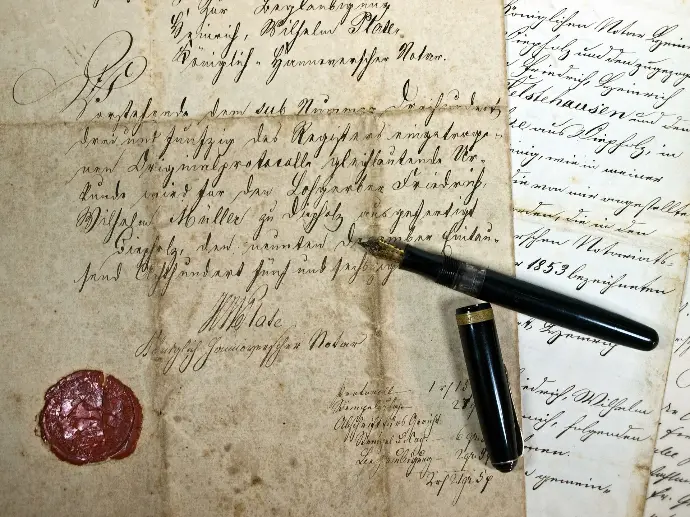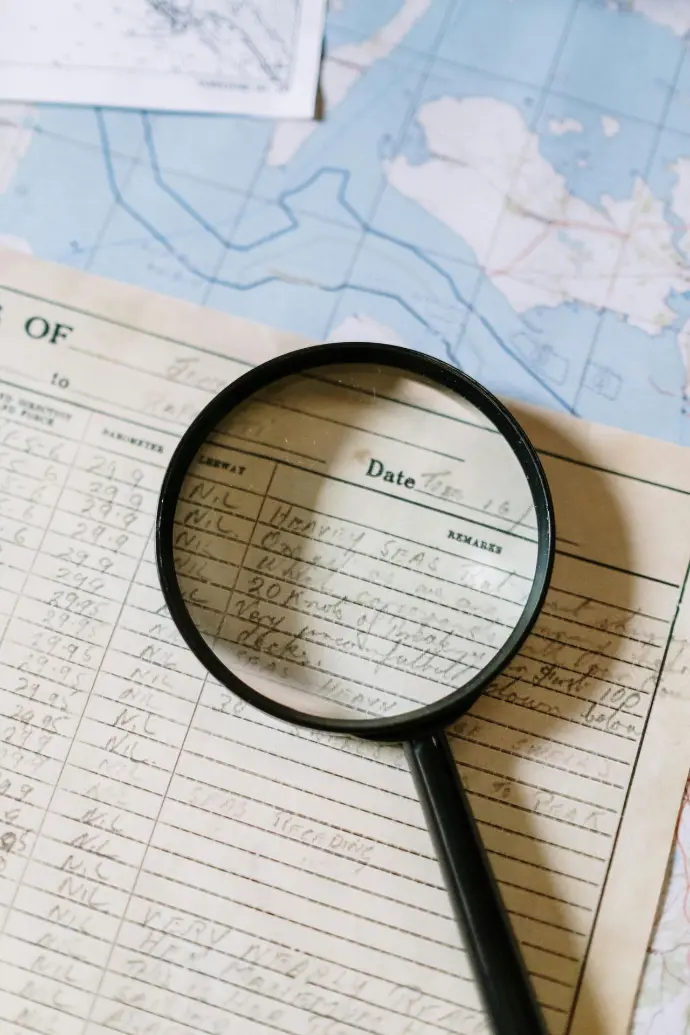On 18 August 1944, Namur, a city in the heart of Belgium, experienced one of the most tragic episodes in its history. On that day, American bombs rained down on the town, leaving behind ruins, shattered lives and a memory forever scarred. This article looks back at this event and explores how family stories and genealogical tools can help preserve this collective memory.
A deadly bombing: the mistake that left its mark on Namur
The aim of the American bombers was clear: to destroy the Luxembourg railway bridge in order to slow down the German troops. However, between 6.06pm and 6.27pm, the 213 bombs dropped on the city missed their target. The bridge remained intact, but Namur was devastated. More than 2,000 buildings were destroyed or severely damaged, including iconic streets such as Place d'Armes and Rue Saint-Nicolas.
The human toll was high: at least 330 dead and more than 600 seriously injured. Hospitals were overwhelmed and could no longer accommodate even the slightly injured. Entire families were wiped out, and many survivors had to start their lives from scratch.
Poignant testimonies at the heart of memory
The accounts of the survivors bear witness to the horror of the moment. Danillo Buda, then an apprentice hairdresser, remembers being thrown across the room by the impact of the explosions. As he rushed outside to help the injured, he discovered an apocalyptic scene:
J'ai vu beaucoup de morts, surtout Place d'Armes, rue de Gravière, rue Brunswick (qui n'existe plus depuis le bombardement), rue Julie Billart, place l'Ilon, rue des Brasseurs…Un véritable carnage!
[EN : I saw a lot of dead people, especially in Place d'Armes, rue de Gravière, rue Brunswick (which hasn't existed since the bombing), rue Julie Billart, Place l'Ilon, rue des Brasseurs... It was a real carnage!]
Other witnesses describe bloody aprons and ruins littered with lifeless bodies.
These fragments of individual history are essential to understanding the scale of the tragedy. They also help to keep the collective memory alive.
The family tree as a memorial tool
To preserve these stories and pay tribute to the victims, the family tree becomes a powerful tool. It links generations together and makes it possible to explore the family branches affected by the bombing. Each branch tells a unique story: that of a life interrupted or transformed by the tragedy.
A genealogy project dedicated to the victims of 18 August 1944 brings together these accounts and archives to provide an overview of the family and community impact of this event. This work sheds light not only on the names of those who disappeared, but also on their lives before the tragedy.
Passing on the memory to future generations
Preserving the memory also involves concrete initiatives. In Namur, a commemorative plaque was unveiled in the rue du Beffroi to pay tribute to the victims.
At the same time, an interactive website dedicated to the bombing offers maps, personal accounts and archives to raise public awareness of this tragedy. These tools enable us to reach a wide audience while involving younger generations in this duty to remember.
An intergenerational duty to remember
The bombing of 18 August 1944 remains a deep scar on the history of Namur. By combining individual stories and genealogical explorations, it is possible to transform this tragedy into a powerful tool for intergenerational transmission. The memory tree then becomes a living symbol of remembrance.
To find out more about the family stories linked to this event and explore the associated genealogical archives, you can consult the dedicated project on Geneanet.
How can you take part in the project?
If you would like to contribute to this project, you can can join our community on Discord. This server is dedicated to the exchange of information, discussion and collaboration between local history and genealogy enthusiasts.
- Who can take part in the project? Anyone with a passion for genealogy or the history of Namur.
- Is the project free? Yes, the project is voluntary.
- Skills? Familiarity with Geneanet and Belgian (or foreign, where appropriate) archives is highly recommended.
Image credit: © Collection Marcel Wautelet / 18aout.be

